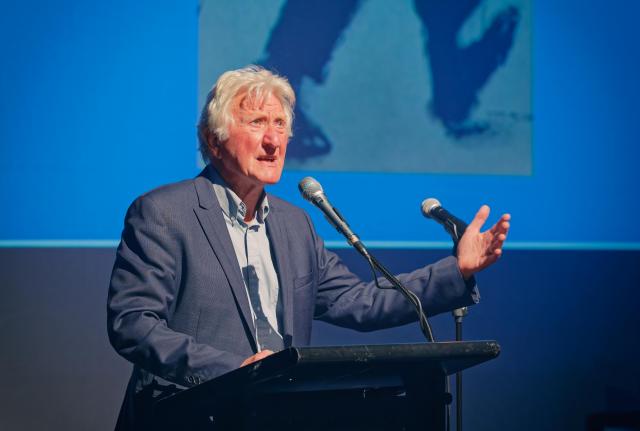The wool industry holds a pre-eminent place in Geelong’s history, having an impact on the region in ways that continue to resonate today.
But for many who live in and around Geelong, the importance of wool on the city and its development is not properly understood, according to local historian, writer, broadcaster and entertainer Colin Mockett OAM.
“Basically, it’s something that we know of in the background; we tend to think of Geelong as being a manufacturing place with a football team,” Mr Mocket said.
“It’s never occurred to many people that the reason that Geelong existed in the first place and that we’ve got the only museum dedicated to wool was because Geelong was such a world leader in the industry.”
For that very reason, Mr Mockett will present this month’s Geelong Museum Association’s Sunday Series talk on the topic.
Mr Mockett said that from Geelong’s very beginnings in the 1830s until the middle of the 20th century, wars had a huge impact on the importance of wool in Geelong.
“In the wake of the Industrial Revolution in the UK… they had a big demand for wool, the raw products, to make the fabric they started churning out,” he said.
“And the original countries where they got the wool from, the Netherlands and the lower countries in Spain, well, Britain was frequently at war with them. But then they discovered they had a reliable supply in a British colony on the other side of the world.
“We actually made the fabric for the Allied forces’ uniforms in both world wars. Those fabrics came out of Geelong mills, mostly out of the Federal Mill, which was purpose-built for creating uniform fabrics.
“So my talk is titled War and Fleece, because wars were the triggers to expand the wool industry in Geelong.”
The influence of the wool industry on Geelong is readily observable today, in Geelong’s unrivalled growth in regional Victoria, historic buildings throughout the city, even in the waterfront, large parts of which were shaped by the discarded ballast stones from ships coming in to pick up wool to transport to the UK and Europe.
“From the 1830s through to the 1960s, wool drove Geelong,” Mr Mockett said.
“It’s something that really needed addressing to put it into perspective.”
Colin Mockett will present War and Fleece on Sunday, May 26 at the National Wool Museum. Visit Geelong Museum Association’s FaceBook page for more details.







